Speaker
Description
The CMD3 is a general-purpose detector at VEPP-2000 collider which purpose is to study the exclusive modes of $ e^{+}e^{-} \longrightarrow hadrons$ in the center of mass energy range below 2 GeV. The CMD3 results will provide an important input for the calculation of the hadronic contribution to the muon anomalous magnetic moment: it will help reducing the uncertainty of its SM prediction. An upgrade of the CMD3 tracker is in progress. The new detector is considered as prototype for the tracking system of the Super Charm-Tau Factory Detector (SCTD). The Central Tracker proposed is an ultra-light drift chamber equipped with cluster counting/timing readout techniques. The main features of this design are the high transparency in terms of multiple scattering contribution to the momentum measurement of charged particles and the very precise particle identification capabilities. The central tracker is a down sized drift chamber derived from the larger one designed for the IDEA detector at both FCC-ee and CEPC future circular $e^{+}e^{-}$ colliders. It is inspired by the original design of the KLOE drift Chamber and the construction of the MEG II drift chamber. We present the new structure of the drift chamber, with a focus on the mechanical design of the end plates and their novel tension recovery scheme, which has two main purposes: the minimization of the amount of material in front of the end-plate crystal calorimeter and the maximization of the mechanical stability.




